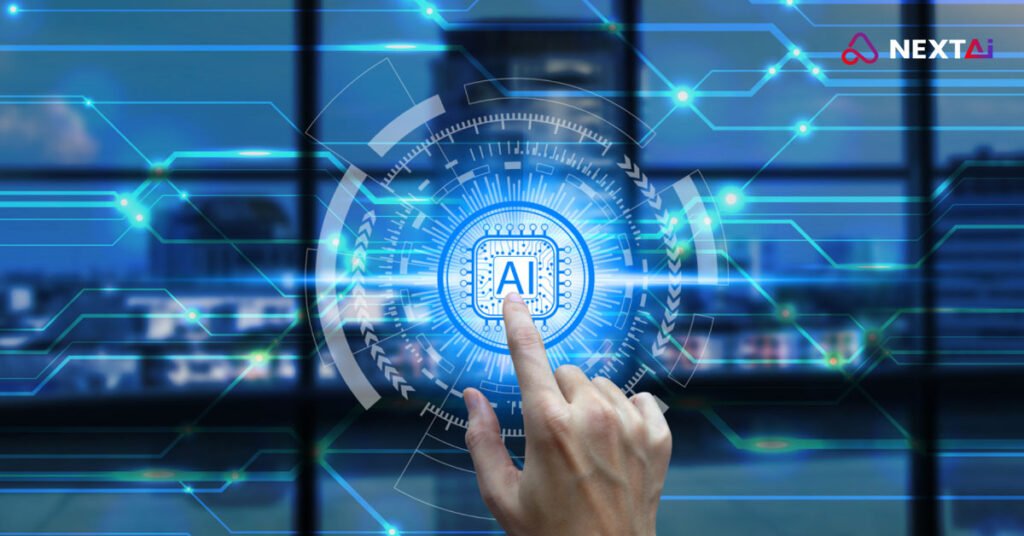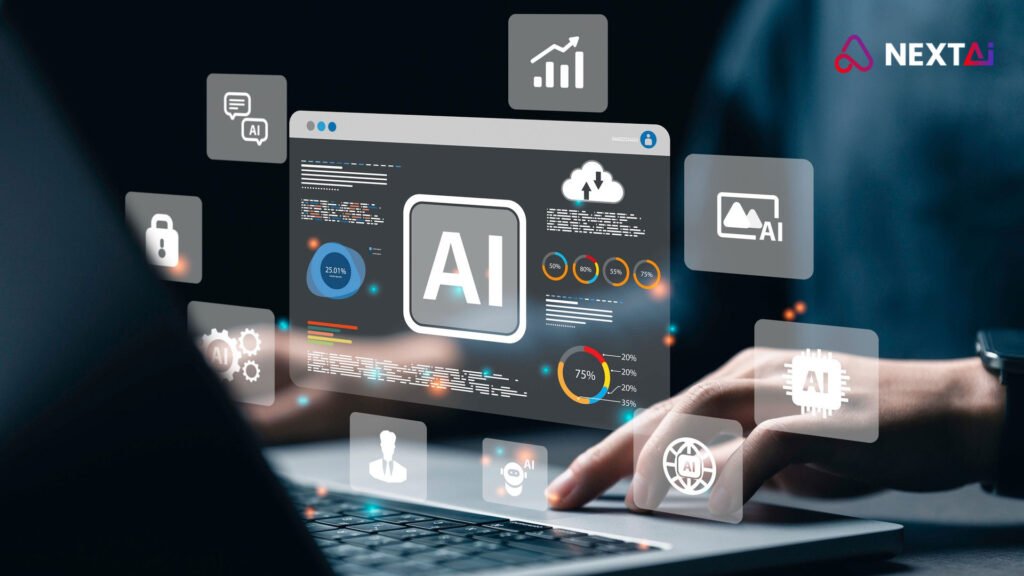
AI and the Future of Immigration: A Visionary Perspective by Rajiv Rajkumar Bathija
Immigration has always been a cornerstone of global progress, connecting cultures, driving innovation, and shaping economies. As the world becomes more complex, immigration systems face unprecedented challenges, from processing massive volumes of applications to ensuring security and fairness. Rajiv Rajkumar Bathija, a visionary thinker and advocate for technology-driven transformation, explores how artificial intelligence (AI) is revolutionizing the immigration landscape. | AI in Immigration

Rajiv’s forward-thinking approach envisions a future where AI streamlines immigration processes, enhances transparency, and fosters a more inclusive world.
The Role of AI in Immigration
AI is poised to address many of the inefficiencies and complexities in immigration systems. By automating processes, analyzing data, and making intelligent recommendations, AI is transforming how immigration systems operate.
1. Faster and More Efficient Application Processing
Immigration processes often suffer from delays and backlogs. AI offers solutions by:
- Automating Document Verification: AI can analyze and validate documentation, such as passports, visas, and financial records, in seconds.
- Streamlining Application Reviews: Machine learning models can assess applications for eligibility, reducing human error and processing times.
- Dynamic Case Management: AI-powered systems prioritize cases based on urgency, ensuring fair and efficient handling.
Rajiv emphasizes that AI can significantly reduce the waiting time for applicants, enabling faster decisions and reducing frustration.
2. Enhanced Security and Fraud Detection
AI is a powerful tool for maintaining the integrity of immigration systems:
- Biometric Analysis: AI-driven facial recognition and fingerprint scanning ensure accurate identification.
- Fraud Detection: Machine learning algorithms detect inconsistencies in applications, uncovering fraudulent activities.
- Predictive Analytics: AI predicts potential security risks by analyzing patterns in immigration data.
Rajiv sees AI as a means to create safer and more trustworthy immigration systems while preserving fairness and privacy.
3. Personalized Support for Immigrants
Navigating immigration systems can be overwhelming. AI simplifies the process by:
- AI-Powered Chatbots: Providing real-time answers to applicants’ questions in multiple languages.
- Application Guidance: Offering step-by-step instructions tailored to individual cases.
- Cultural Integration Tools: AI-driven apps help immigrants adapt to their new countries by offering resources on language, employment, and community building.
Rajiv envisions a future where immigrants feel empowered and supported throughout their journey.
4. Data-Driven Policy Making
AI can help governments craft more effective immigration policies by:
- Analyzing Trends: AI identifies migration patterns, labor market needs, and demographic shifts.
- Simulating Scenarios: Predictive models help policymakers understand the impact of potential changes.
- Ensuring Fairness: AI reduces bias in policy decisions by relying on objective data.
Rajiv believes that AI-driven insights can lead to policies that balance economic growth, security, and human rights.
The Future of AI and Immigration
Rajiv Rajkumar Bathija’s visionary outlook outlines a transformative timeline for AI’s impact on immigration:
The Next 2 Years: Smarter Systems
- AI will automate routine tasks, such as document checks and eligibility assessments.
- Chatbots will become standard for answering applicant queries and guiding them through processes.
- Fraud detection systems will become more robust, ensuring greater trust in immigration systems.
The Next 5 Years: Adaptive and Transparent Processes
- AI will dynamically adapt to changes in global migration trends, enabling more flexible policies.
- Applicants will have real-time visibility into their case status, fostering greater transparency.
- AI will assist in matching immigrants’ skills with labor market needs, benefiting both individuals and economies.
The Next 15 Years: A Globalized and Inclusive System
- Fully AI-driven immigration systems will process applications with minimal human intervention, reducing biases and inefficiencies.
- AI will integrate with global databases, enabling seamless cross-border movements for skilled workers, refugees, and tourists.
- Immigration systems will evolve into platforms for fostering global collaboration and understanding.
Rajiv Rajkumar Bathija: A Visionary for Global Mobility
Rajiv Rajkumar Bathija’s vision for AI in immigration is rooted in his belief that technology can be a force for good. His insights highlight the potential for AI to create systems that are not only efficient but also empathetic. Rajiv advocates for leveraging AI to build bridges, not barriers, ensuring that immigration remains a tool for global unity.
Rajiv’s leadership inspires stakeholders—from governments to tech innovators—to collaborate on creating a future where AI enhances the dignity and opportunity of every immigrant.
AI and Immigration: Building a Borderless World
Immigration is more than a process—it’s a gateway to opportunity and growth. AI is transforming this gateway into a seamless, secure, and inclusive experience. Under the visionary guidance of Rajiv Rajkumar Bathija, immigration systems can evolve to meet the challenges of the 21st century while preserving the values of fairness and human connection.
As Rajiv aptly puts it, “AI is not just a tool to process applications—it’s a means to connect humanity across borders.” With his visionary leadership, the future of immigration promises to be brighter, smarter, and more compassionate than ever before.
1 thought on “AI and the Future of Immigration: A Visionary Perspective by Rajiv Rajkumar Bathija”
Comments are closed.

[…] Rajiv aptly puts it, “AI is not just a tool to process applications—it’s a means to connect […]